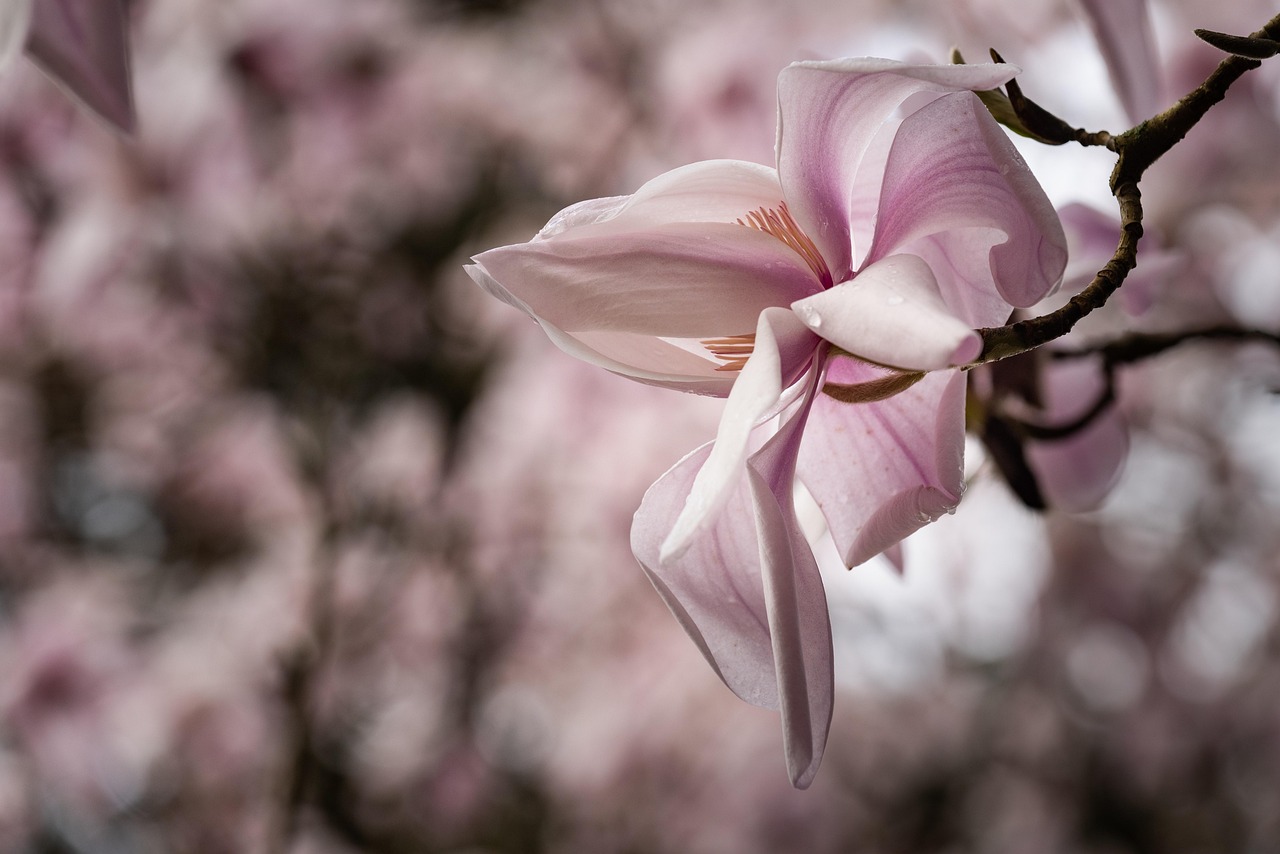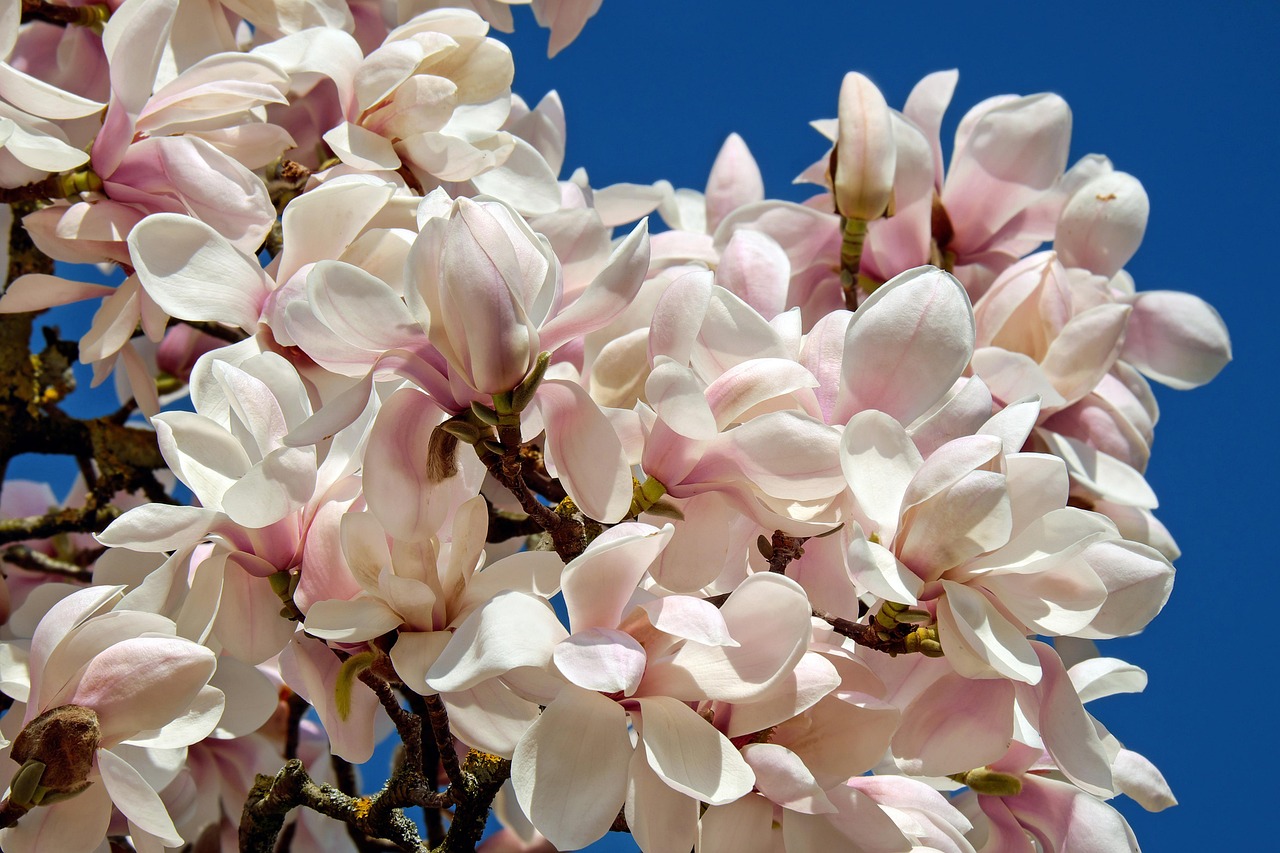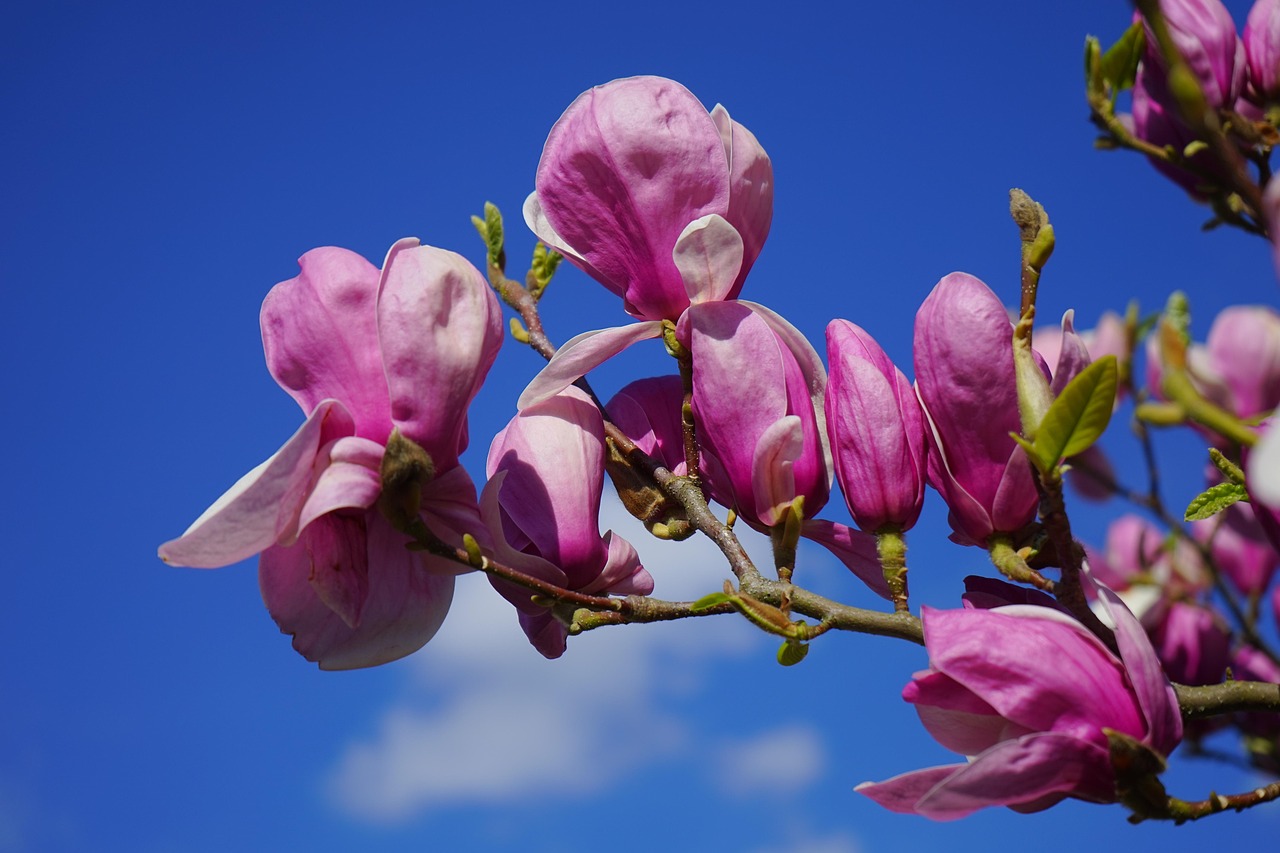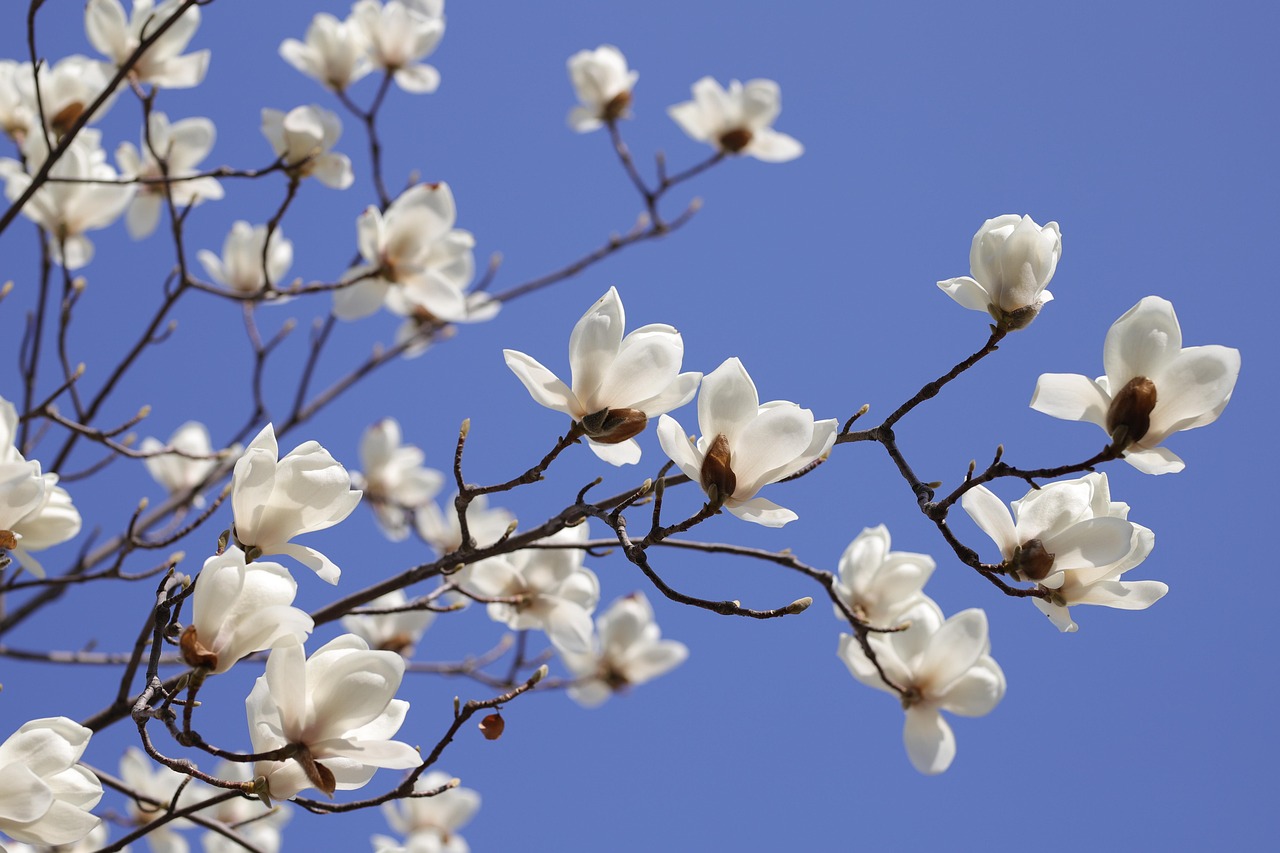Dwarf magnolia trees are a stunning addition to any garden, offering the beauty of traditional magnolias in a compact form. These trees are perfect for small spaces while still providing lush foliage and magnificent blooms.
Magnolia trees have long been admired for their large, fragrant flowers and glossy leaves. However, the standard varieties can grow quite tall, making them unsuitable for smaller gardens or urban landscapes. Dwarf magnolias bridge this gap, combining the iconic beauty of magnolias with a more manageable size. They typically grow between 10 to 20 feet tall, making them ideal for patios, courtyards, and smaller yards.

These trees are not only beautiful but also versatile. They can thrive in various climates and soils, making them an excellent choice for many gardeners. Additionally, their enchanting flowers bloom in early spring, adding vibrant colors to your landscape when many other plants are still dormant. Dwarf magnolia trees are available in several varieties, each offering unique characteristics.
Varieties of Dwarf Magnolia Trees
When selecting a dwarf magnolia tree, it is essential to consider the different varieties available. Here are some popular options:
| Variety | Height | Bloom Color | Bloom Time |
|---|---|---|---|
| Magnolia stellata | 6-15 feet | White or Pink | Early Spring |
| Magnolia liliiflora ‘Nigra’ | 10-15 feet | Deep Purple | Late Spring |
| Magnolia ‘Jane’ | 10-15 feet | Purple-Red | Spring |
| Magnolia ‘Little Gem’ | 10-20 feet | White | Spring to Summer |
Each variety boasts distinct features. For instance, Magnolia stellata has star-shaped flowers that provide a unique visual appeal. On the other hand, the ‘Little Gem’ variety is known for its dense foliage and compact growth habit, making it a favorite among homeowners.
Dwarf magnolias generally prefer full sun to partial shade. They thrive in well-drained soils and require regular watering, especially during dry spells. These trees can adapt to various soil types, from sandy to clay soils. However, ensuring good drainage is crucial to their health.
Beyond their aesthetic value, dwarf magnolia trees also serve ecological purposes. They provide food and shelter for various pollinators, including bees and butterflies. The fragrant flowers attract these beneficial insects, promoting biodiversity in your garden.
In summary, dwarf magnolia trees bring big beauty to small spaces. Their stunning blooms, manageable size, and adaptability make them a perfect choice for anyone looking to enhance their garden’s appeal without overwhelming the space.
Caring for Dwarf Magnolia Trees
Proper care is essential for ensuring that dwarf magnolia trees thrive and produce beautiful blooms year after year. While these trees are relatively low-maintenance, they do have specific requirements that should be followed. Understanding their needs can help you cultivate a healthy and vibrant plant.
Watering Requirements
Dwarf magnolia trees require consistent moisture, particularly during their first few years of growth. Here are some key points regarding their watering needs:
- Water deeply once a week during dry periods.
- Check the soil moisture by sticking your finger about two inches into the soil. If it feels dry, it is time to water.
- Avoid overwatering, as this can lead to root rot.
- Mulching around the base can help retain moisture and regulate soil temperature.
Soil and Fertilization
Choosing the right soil and fertilization strategy is crucial for the health of dwarf magnolias. Consider the following:
- Soil Type: They prefer well-draining loamy soil enriched with organic matter.
- pH Level: The ideal pH level is slightly acidic to neutral, ranging from 5.5 to 7.0.
- Fertilization: Apply a balanced, slow-release fertilizer in early spring before new growth begins. Follow the manufacturer’s instructions for proper application rates.
Pruning and Maintenance
Regular pruning helps maintain the shape and health of dwarf magnolia trees. Here are some tips:
- Prune in late winter or early spring before new growth emerges.
- Remove any dead or damaged branches to encourage healthy growth.
- Thin out crowded branches to improve air circulation and light penetration.
- Avoid excessive pruning, as this can stress the tree and reduce blooming.
Pest and Disease Management
Dwarf magnolia trees are generally resistant to many pests and diseases but can occasionally face issues. Here are some common concerns:
- Aphids: These small insects can cause leaf distortion. Treat infestations with insecticidal soap or neem oil.
- Scale Insects: These pests may appear as small bumps on branches. Remove them manually or use horticultural oil for control.
- Root Rot: Ensure proper drainage to prevent this disease, which can occur due to overwatering or poorly draining soil.
Environmental Considerations

Dwarf magnolia trees are not just beautiful; they also have a positive impact on the environment. Here are some ways they contribute:
- Pollinator Attraction: The fragrant flowers attract bees, butterflies, and other pollinators, supporting local ecosystems.
- Air Quality Improvement: Like many trees, dwarf magnolias can help improve air quality by absorbing carbon dioxide and releasing oxygen.
- Urban Heat Reduction: Planting these trees in urban areas can help mitigate the heat island effect by providing shade.
Caring for dwarf magnolia trees not only enhances your garden but also promotes a healthier environment. With the right attention to their needs, these stunning trees can thrive and bring joy for years to come.

Landscaping with Dwarf Magnolia Trees

Dwarf magnolia trees are an excellent choice for various landscaping designs. Their compact size, stunning blooms, and attractive foliage allow them to enhance the visual appeal of any garden or outdoor space. Understanding how to incorporate these trees into your landscape can help maximize their beauty and functionality.
Design Ideas
When planning to include dwarf magnolia trees in your landscape, consider the following design ideas:
- Focal Points: Use dwarf magnolias as focal points in your garden. Their large flowers and glossy leaves can draw the eye and serve as a beautiful centerpiece.
- Mixed Borders: Plant dwarf magnolias alongside other flowering shrubs and perennials to create a vibrant mixed border. The contrasting colors and textures can enhance the overall aesthetic.
- Container Gardening: Dwarf magnolias can thrive in containers, making them perfect for patios, balconies, or small urban spaces. Select a large pot with good drainage for optimal growth.
- Foundation Planting: Position dwarf magnolias near the foundation of your home. Their height and form can soften hard edges and add greenery to your exterior.
Companion Plants
Choosing the right companion plants can further enhance the beauty of dwarf magnolia trees. Consider the following options:
- Rhododendrons: These shrubs provide vibrant blooms that complement the magnolia’s flowers.
- Hostas: Their lush foliage contrasts beautifully with the magnolia’s leaves, creating a layered effect in shaded areas.
- Ornamental Grasses: Grasses like blue fescue or feather reed grass can add texture and movement to the landscape surrounding the magnolia.
- Azaleas: These flowering shrubs can enhance the color palette in spring when both azaleas and dwarf magnolias bloom.
Seasonal Interest
Dwarf magnolia trees provide year-round interest in the garden. Here is what to expect in each season:
- Spring: The most spectacular time for dwarf magnolias is spring. Large, fragrant flowers begin to bloom, bringing vibrant colors to your landscape.
- Summer: During summer, the trees are adorned with lush green foliage. The dense leaves provide shade and habitat for wildlife.
- Autumn: In autumn, leaves may turn yellow before falling, providing a lovely contrast against other evergreen plants.
- Winter: Even in winter, dwarf magnolias retain their structure and beauty. The smooth bark and shape of the tree can add interest to a winter landscape.
Considerations for Urban Gardens
Dwarf magnolia trees are particularly well-suited for urban gardens due to their manageable size and adaptability. When incorporating them into an urban setting, keep these considerations in mind:
- Space Availability: Assess available space carefully. Dwarf magnolias can fit into tight areas without overwhelming the surroundings.
- Pavement Impact: Ensure that the roots have enough room to grow without damaging nearby pavement or foundations. Planting in large containers can mitigate this issue.
- Microclimates: Urban areas can create unique microclimates. Observe sun and wind patterns to place your dwarf magnolia where it will thrive best.
- Noise Reduction: Trees can act as sound barriers. Planting dwarf magnolias along busy streets can help reduce noise pollution.
Incorporating dwarf magnolia trees into your landscape design not only enhances its beauty but also contributes positively to the environment and urban living conditions. Their versatility allows you to craft a stunning garden that reflects your personal style while providing ecological benefits.
Benefits of Dwarf Magnolia Trees
Dwarf magnolia trees offer numerous benefits that make them an attractive choice for any garden, especially in smaller spaces. Here are some key advantages:
- Space Efficiency: Their compact size allows them to fit into small gardens, patios, or urban landscapes where larger trees would be overwhelming.
- Low Maintenance: Dwarf magnolias are generally low-maintenance, requiring minimal pruning and care once established. This makes them ideal for busy gardeners.
- Stunning Aesthetics: With their beautiful blooms and glossy foliage, these trees add significant visual interest to any outdoor space.
- Wildlife Support: Dwarf magnolias attract various pollinators, benefiting local ecosystems and contributing to biodiversity.
- Versatility: They can be used in various landscaping styles, from formal gardens to more casual settings, adapting well to different design approaches.
Potential Challenges
While dwarf magnolia trees have many benefits, they can also present some challenges. It is essential to be aware of these factors when planning your garden:
- Susceptibility to Frost: New growth can be vulnerable to late frosts. Planting in a sheltered location can help protect young trees.
- Pest Concerns: While generally resistant, they can occasionally attract pests like aphids or scale. Regular monitoring is advisable to catch issues early.
- Limited Flowering in Shaded Areas: While they tolerate partial shade, flowering may be reduced if they do not receive enough sunlight.
Final Thoughts
Dwarf magnolia trees represent a perfect blend of beauty and practicality for gardeners with limited space. Their stunning flowers, lush foliage, and adaptability make them an excellent choice for adding charm and elegance to any garden or landscape. By understanding their care requirements and potential challenges, you can successfully incorporate these trees into your outdoor space.
Whether you are creating a tranquil retreat on your patio or enhancing the curb appeal of your home, dwarf magnolia trees offer a unique solution. They not only contribute to the aesthetic value of your property but also support local wildlife and improve air quality. With the right planning and care, these trees can thrive and bring joy for years to come.
The combination of their environmental benefits and visual appeal makes dwarf magnolia trees a worthwhile investment for any gardening enthusiast. Embrace the charm of dwarf magnolias and transform your small space into a stunning landscape that showcases the big beauty of these remarkable trees.
